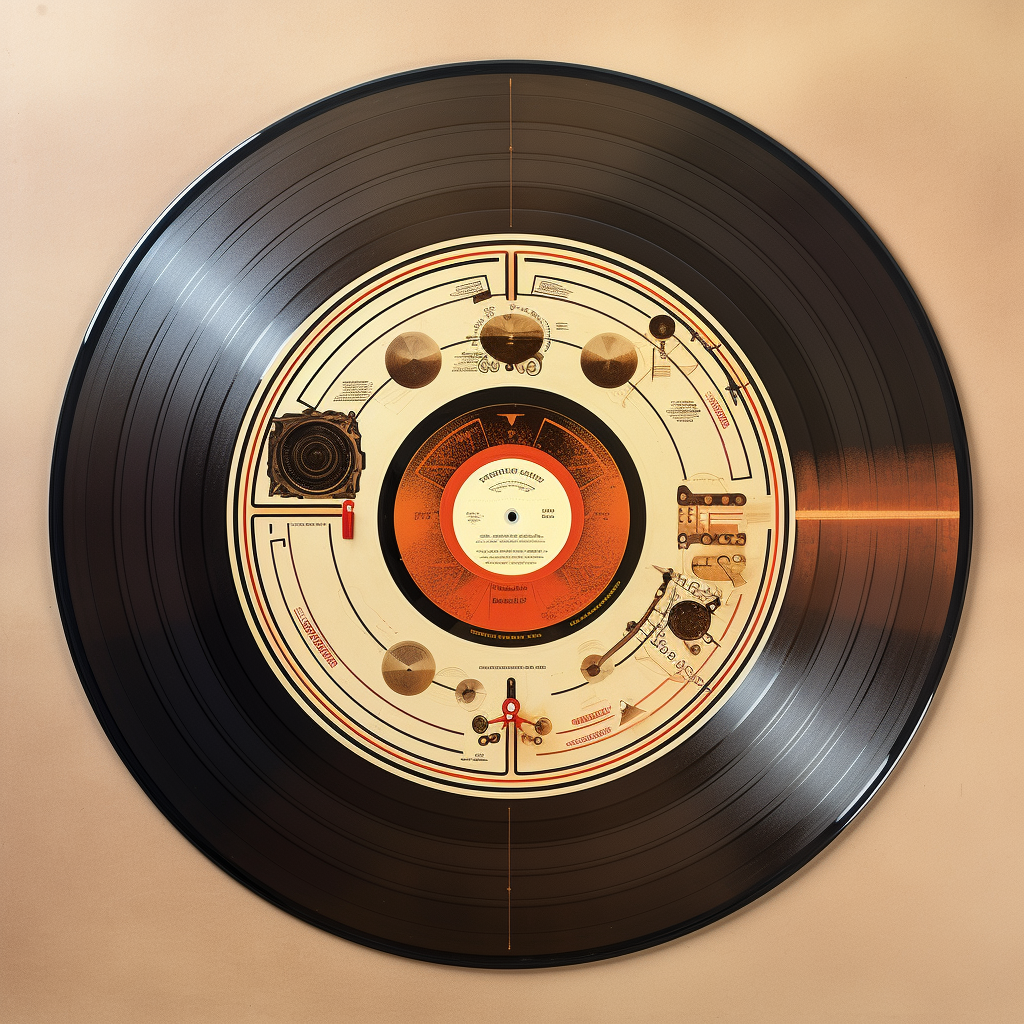The music industry has undergone a staggering transformation in the past four decades, impacting everything from creation and distribution to consumption. This dynamic shift has revolutionized the way we enjoy and interact with music today. Let’s take a deep dive into the pivotal moments of this awe-inspiring evolution with a exploration of the changes that have shaped the industry we know and love.
The 1980s: The Birth of the Digital Era
The 1980s marked the beginning of the digital revolution in the music industry. In 1982, the world was introduced to the Compact Disc (CD), which promised better sound quality and greater durability than vinyl records. The CD quickly became the dominant format, with sales peaking in the late 1990s and early 2000s.
Another groundbreaking innovation of the 1980s was the advent of the music video. The launch of MTV in 1981 gave musicians a new platform to promote their music and connect with fans. Iconic artists like Michael Jackson and Madonna helped shape the era with their visually stunning and innovative music videos.
The rise of digital synthesizers and drum machines further transformed the music landscape. These electronic instruments allowed musicians to experiment with new sounds and styles, paving the way for the creation of genres like synth-pop, hip-hop, and electronic dance music.
The 1990s: The Internet and the MP3 Revolution
The 1990s was a time of significant change for the music industry, as the Internet revolutionized the way people accessed and shared music. The most pivotal moment came with the invention of the MP3 file format in 1993. This compression technology made it possible to store and share large amounts of music data with ease.
As the Internet became more widespread, people began using it to find and share music through peer-to-peer (P2P) file-sharing platforms like Napster. This marked the beginning of a massive shift in the way music was distributed, as it allowed users to bypass traditional channels and access music directly from each other.
This era also saw the rise of independent artists and labels that embraced the Internet as a platform for promotion and distribution. Websites like Bandcamp and SoundCloud emerged, allowing musicians to share their music and grow their fan base without the need for a major record label.
The 2000s: The Age of Digital Downloads and Streaming
The new millennium saw the music industry grappling with the challenges brought on by digital technology. In response to the rampant piracy enabled by P2P file-sharing, Apple introduced the iTunes Store in 2003. This platform revolutionized the way people bought music, as it allowed users to purchase individual songs digitally for the first time.
As digital downloads grew in popularity, the industry experienced a decline in physical sales. Record stores closed their doors, and the once-mighty CD was dethroned as the dominant format.
Towards the end of the decade, the rise of streaming services like Spotify and Pandora began to reshape the industry yet again. These platforms offered users access to millions of songs for a monthly subscription fee or via ad-supported models. Streaming quickly gained traction, and by the 2010s, it had become the primary way people consumed music.
The 2010s: The Power of Social Media and the Rise of the Independent Artist
Social media platforms like Facebook, Twitter, and Instagram changed the game for musicians in the 2010s. These platforms allowed artists to directly engage with fans, promote their music, and build their brand without the need for a traditional record label.
The rise of streaming services further democratized the music industry, as they provided independent artists with a platform to reach new audiences. The success of artists like Chance the Rapper and Macklemore, who built their careers without the backing of a major label, demonstrated the power of this new model.
The 2010s also saw the resurgence of vinyl records, as collectors and music enthusiasts alike embraced the format for its warm sound and tactile experience. This trend helped keep the tradition of physical music formats alive, even as digital platforms continued to dominate the industry.
The 2020s: The Future of Music
As we move through the 2020s, the music industry continues to evolve at breakneck speed. The rise of artificial intelligence and virtual reality promises to bring about new ways of creating and experiencing music. Meanwhile, the ongoing debate over royalties and the value of streaming has led many artists to seek alternative revenue streams, such as live performances, merchandise, and direct-to-fan sales.
The past four decades have seen the music industry undergo a series of radical transformations. From the birth of the digital era in the 1980s to the rise of streaming and the power of social media in the 2010s, these changes have revolutionized the way we create, distribute, and consume music. As we look to the future, one thing is certain: the music industry will continueto adapt and innovate, ensuring that the artform remains as vibrant and dynamic as ever.
In conclusion, the music industry’s mind-blowing evolution over the past 40 years has rewritten the rules of the game. The digital revolution, the Internet, and the rise of social media have transformed the way we access, share, and engage with music. This fascinating journey has led us to a present where the power of the independent artist is stronger than ever, and the potential for further innovation in the industry is boundless. With the incredible advancements in technology and the continued passion for music, there’s no doubt that the future holds even more exciting changes for the industry and the way we enjoy the art of sound.
